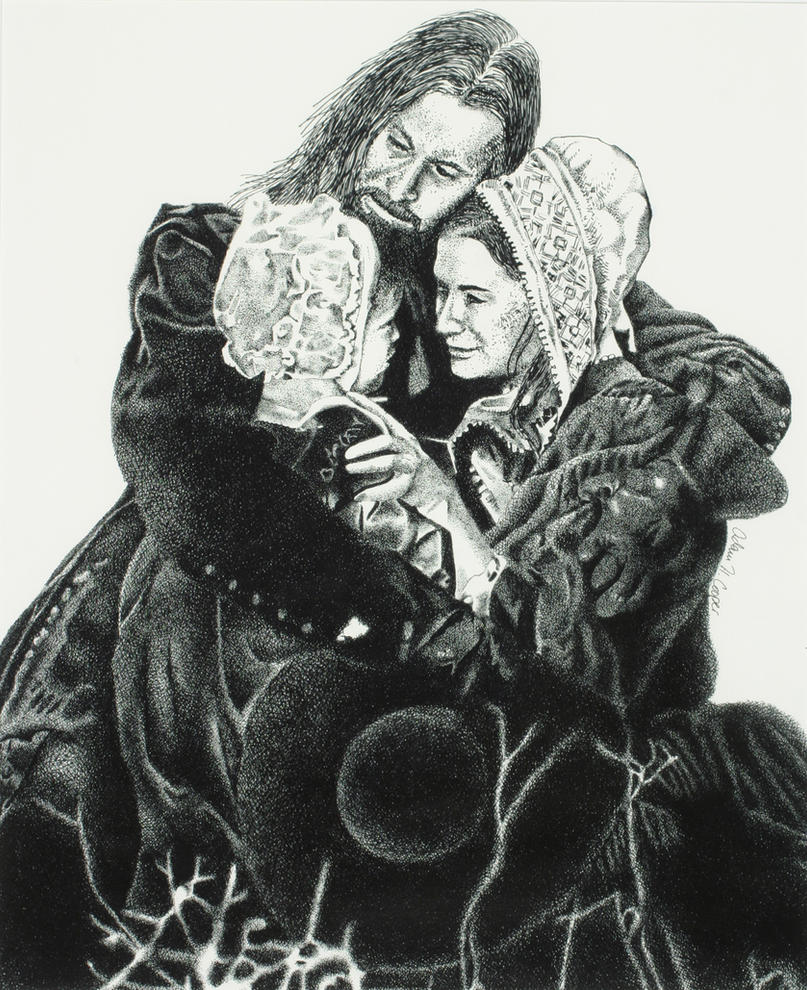Peer Review
Read the handout: Sentence Structure - Advice for Improving Sentence Clarity and Tips to Cut the Clutter in Writing. Could any of these strategies help reduce clutter and improve the clarity and flow of your writing? Read your paper again, and see if there are places where you might improve the clarity.
HW: Make edits/improvements to today's paper, and bring a next-to-final draft on Monday (5 points). We will do one more peer review, and the final paper will be due on Tuesday, October 3.
Tips to Cut the Clutter in Writing
"Clutter is the disease of American writing," says William Zinsser in his classic text On Writing Well. "We are a society strangling in unnecessary words, circular constructions, pompous frills, and meaningless jargon."
We can cure the disease of clutter (at least in our own compositions) by following a simple rule: don't waste words. When revising and editing, we should aim to cut out any language that is vague, repetitious, or pretentious.
In other words, clear out the deadwood, be concise, and get to the point!
Hungry for more ways to cut clutter? Here are five more ways to do that:
"I believe more in the scissors than I do in the pencil," Truman Capote once said. In other words, what we cut out of our writing is sometimes more important than what we put in. So let's continue to cut the clutter.
How do we stop wasting words and get to the point? Here are five more strategies to apply when revising and editing essays, memos, and reports.
1) USE ACTIVE VERBS
Whenever possible, make the subject of a sentence do something.
Wordy: The grant proposals were reviewed by the students.
Revised: The students reviewed the grant proposals.
2) DON'T TRY TO SHOW OFF
As Leonardo da Vinci observed, "Simplicity is the ultimate sophistication." Don't presume that big words or lengthy phrases will impress your readers: often the simplest word is the best.
Wordy: At this moment in time, students who are matriculating through high school should be empowered to participate in the voting process.
Revised: High school students should have the right to vote.
3) CUT EMPTY PHRASES
Some of the most common phrases mean little, if anything, and should be cut from our writing:
- all things being equal
- all things considered
- as a matter of fact
- as far as I am concerned
- at the end of the day
- at the present time
- due to the fact that
- for all intents and purposes
- for the most part
- for the purpose of
- in a manner of speaking
- in my opinion
- in the event of
- in the final analysis
- it seems that
- the point that I am trying to make
- type of
- what I am trying to say
- what I want to make clear
Wordy: All things being equal, what I am trying to say is that in my opinion all students should, in the final analysis, have the right to vote for all intents and purposes.
Revised: Students should have the right to vote.
4) AVOID USING NOUN FORMS OF VERBS
The fancy name for this process is "excessive nominalization." Our advice is simple: give verbs a chance.
Wordy: The presentation of the arguments by the students was convincing.
Revised: The students presented their arguments convincingly. Or . . .
The students argued convincingly.
5) REPLACE VAGUE NOUNS
Replace vague nouns (such as area, aspect, case, factor, manner, situation, something, thing, type, and way) with more specific words--or eliminate them altogether.
Wordy: After reading several things in the area of psychology-type subjects, I decided to put myself in a situation where I might change my major.
Revised: After reading several psychology books, I decided to change my major.
/left_rail_image_languages-58a22da068a0972917bfb5ba.png)
/getty_clutter-imsis133-011-56af9e413df78cf772c6bce3.jpg)
